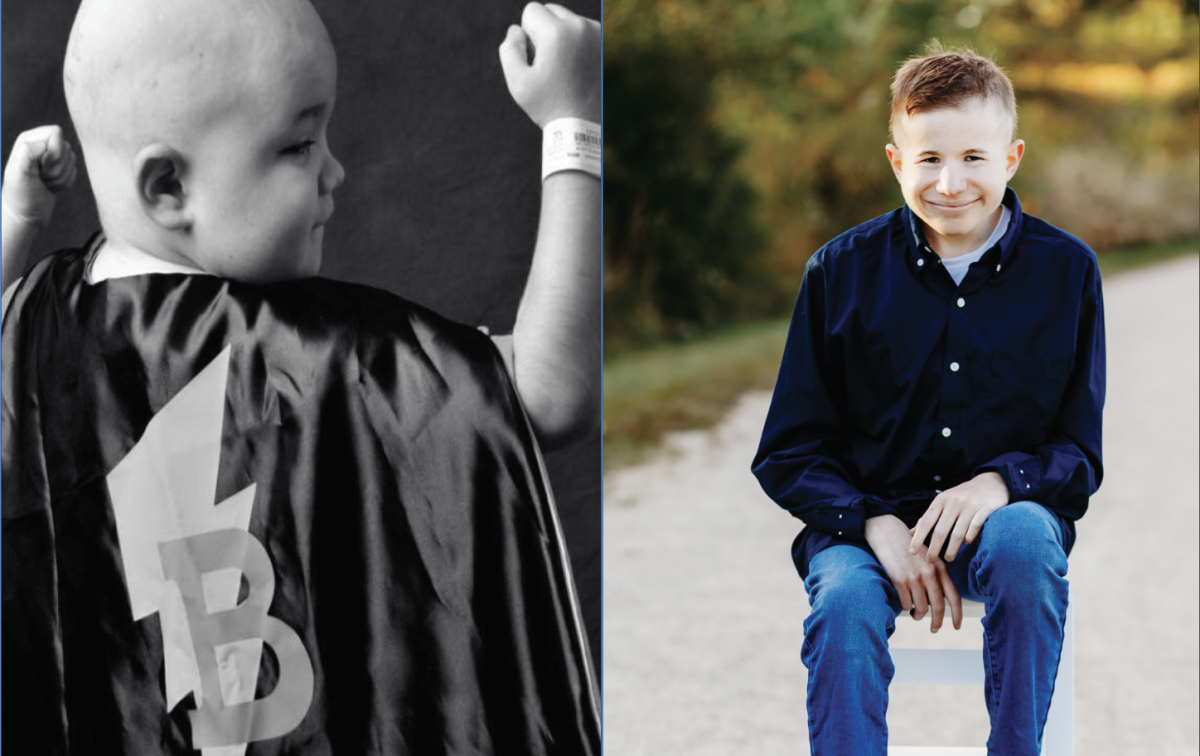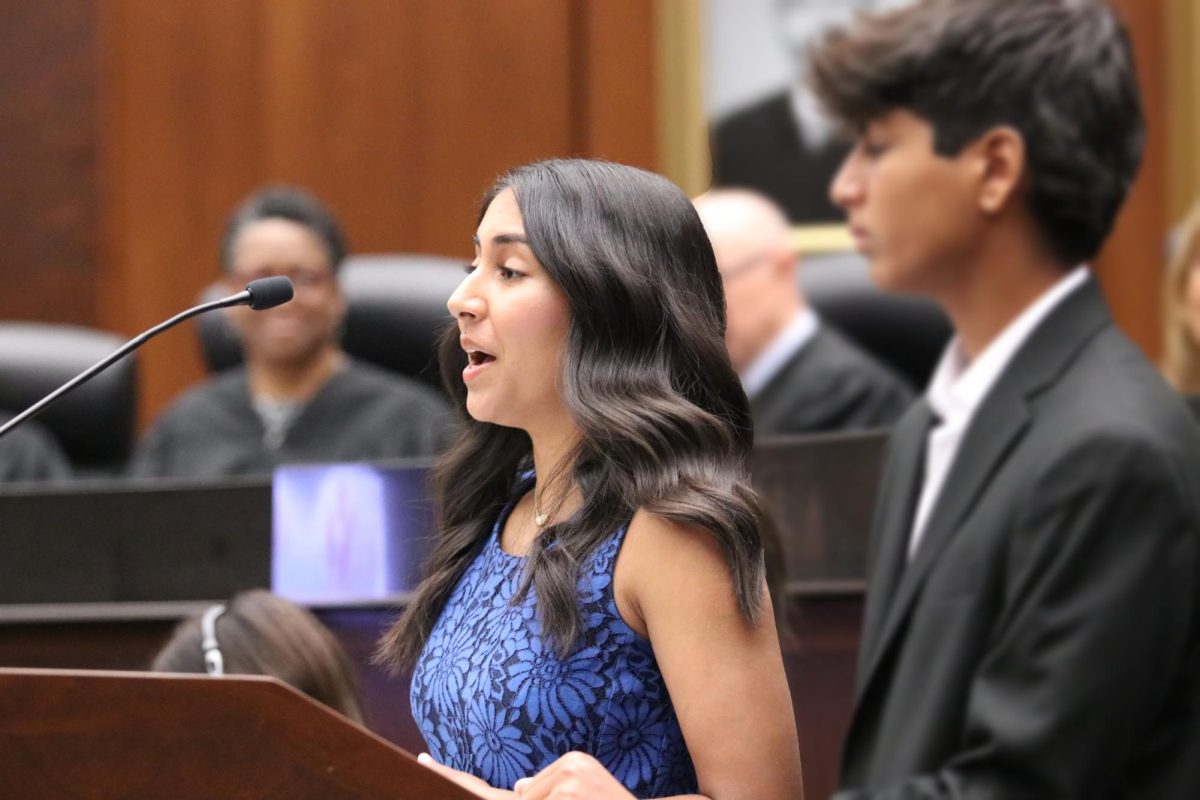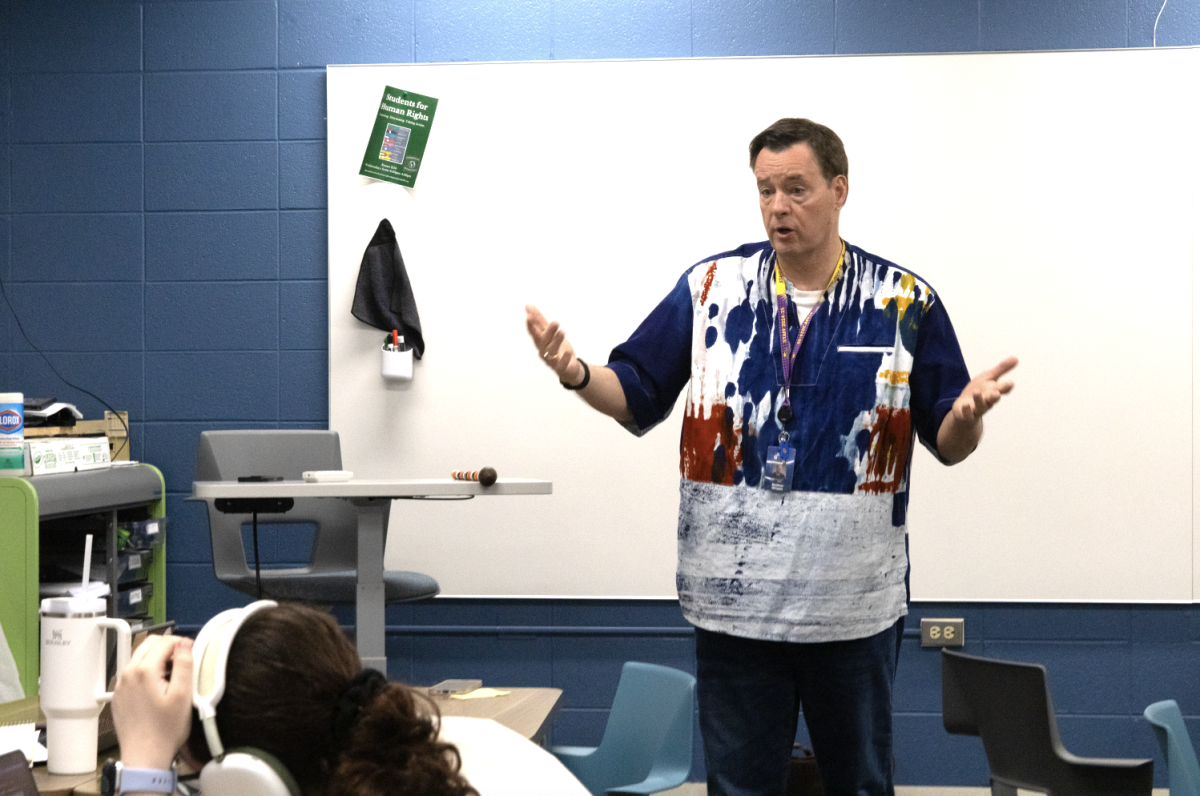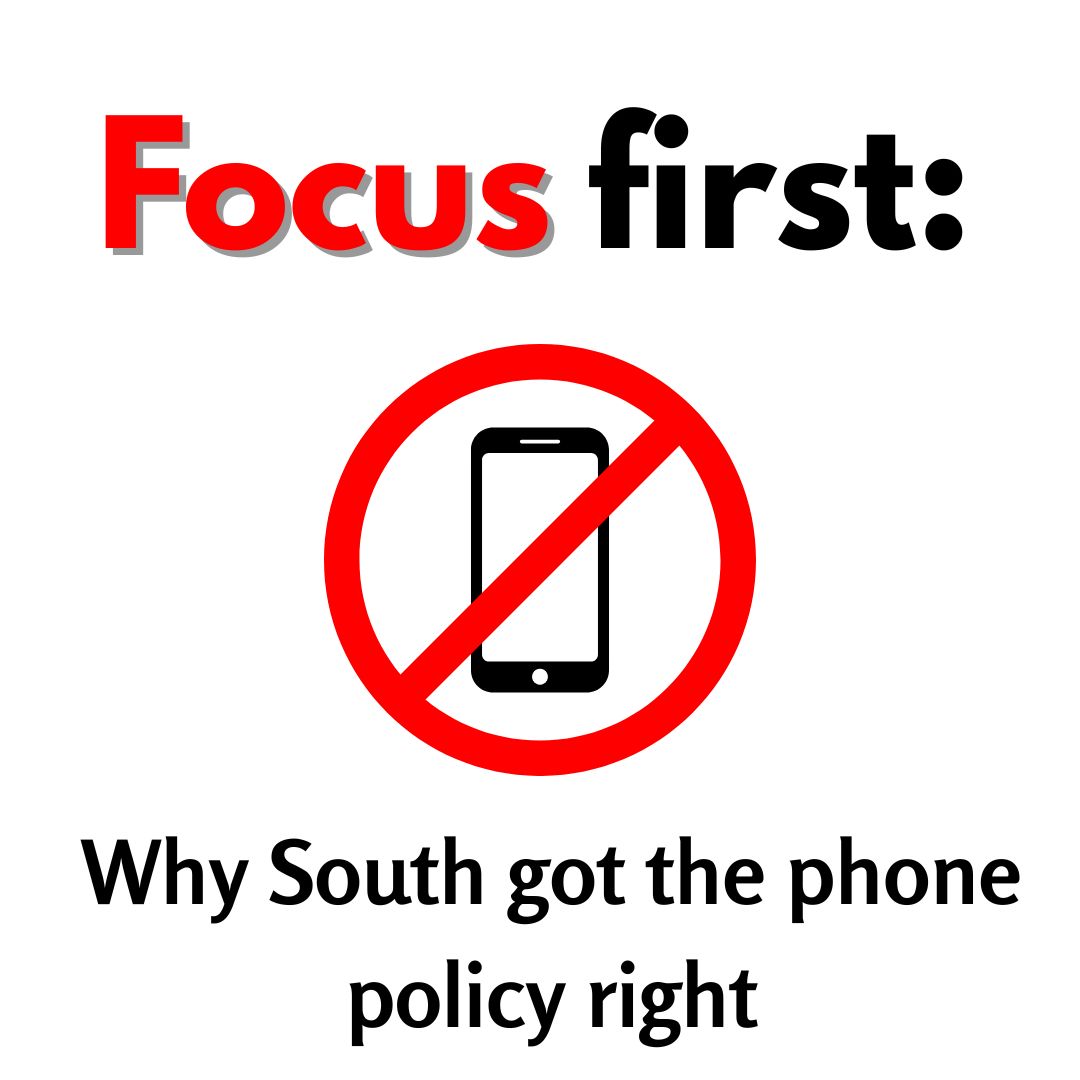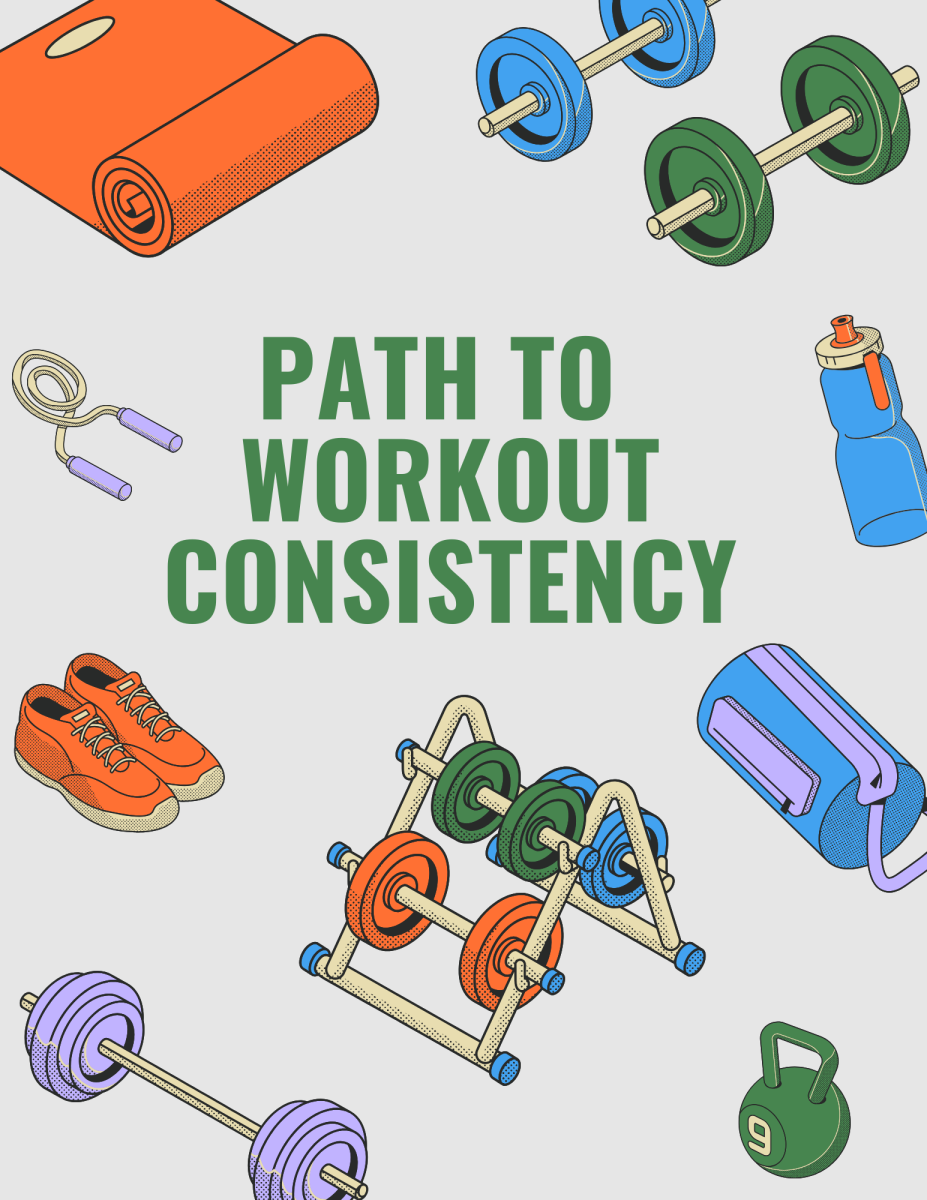With nearly 200 million users, apps like Snapchat are taking virtual communication to a whole other level, according to Business Insider. More and more people are using the app with abandon because they have ability to send photos to friends that disappear after 10-seconds.
Many people see the app as a fun new way to communicate. According to junior Elayna Mork, the app is a good way to stay in touch in a medium other than text.
“I love using Snapchat,” Mork said. “I have a few long-distance friends, and it’s a great way to keep in touch with them, not only talking but face-to-face too.”
However, this seemingly innocuous app has a dark side. There are certain ramifications to using the app too much. The app often interferes with school work, according to Mork, serving as a distraction when she needs to focus.
“I constantly go to it to talk to people,” Mork said. “It hasn’t actually affected my grades, but I’ll stay up later, or it’ll take me a lot more time than I’d usually have to take.”
Those that love the app may feel its negative effects in the distraction it offers, as Mork does; however, others, like senior Vadik Bagdasarian, feel the app has gotten old.
“It started off as a fun app that I used to send funny pictures to people,” Bagdasarian said. “Then everyone started putting stupid pictures on, and it just got boring and overrated, and I just stopped using it as much.”
The app has a feature called “My Story”, where users can post a photo or video that all of their Snapchat friends can view. Unlike a normal Snapchat, a picture posted to a “My Story” can be viewed for up to 24 hours; nonetheless, some teens still post images of drinking or other illicit activities. This feature can be a risk, according to Mork.
“I don’t think [My Story is] a good idea because everything that’s put online is there forever and could come back to haunt you,” Mork said.
With the 10-second limit, people might feel that their photos are safer than they really are. Yet, the limit doesn’t prevent the receiver from taking a screenshot of the photo. Senior Jimmy Friedman has heard of several cases where private photos have been leaked.
“I feel like these people wouldn’t be too happy about themselves being exploited,” Friedman said. “They obviously know that it’s going to be seen by close friends, which is the worst audience, because those are the people who care the most.”
Not only do people need to monitor the content they post, but they also need to be wary of some of the psychological effects. Friedman has used the app for two to three years and has experienced some of the negative effects of Snapchatting firsthand.
“I value face to face contact, but I also feel like I’m left out of things,” Friedman said. “Like when you see all that stuff going on in other people’s lives, you feel like it’s a possibility that you’re not able to tap into that. You’re always comparing.”
Social worker David Hartman also sees the potential for misinterpreting Snapchat communication. According to Hartman, this generation expects immediate responses, which can lead to miscommunication.
“When or if [instantaneous responses do] not happen, kids have a tendency to wonder why and sometimes ‘presume’ that something is wrong, because they do not get a response in timely fashion, or they do not get the “right” response,” Hartman said.
The Snapchat website offers some tips on how to use the app responsibly. They remind users that anyone can take a screenshot of the “Snap” they receive, and they encourage Snapchatters to change their privacy settings so that their photos aren’t reaching the wrong viewers. Most importantly, they want users to watch what they send.
“Be kind and respectful,” Snapchat.com said. “Be thoughtful about what you Snap and don’t send people things they don’t want to receive.”





